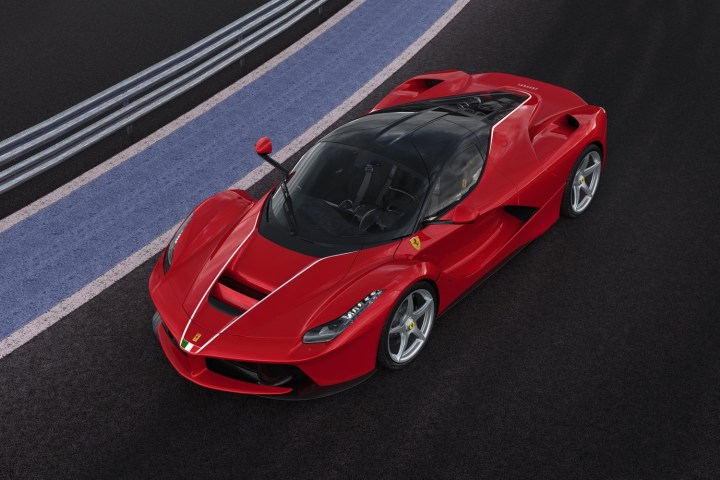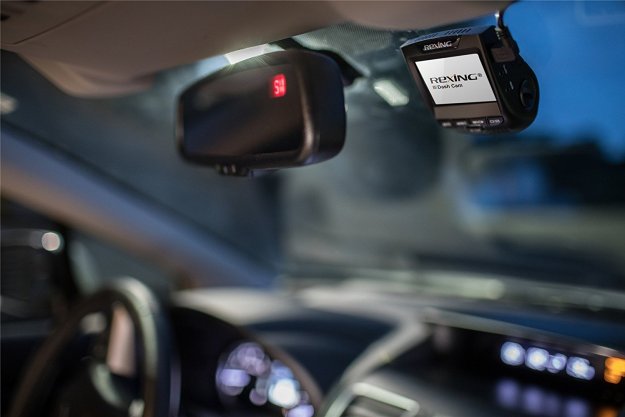
That car just sold at auction for $7 million, according to Ferrari. That’s substantially more than the estimated $1.3 million price of a LeFerrari when new, and also tops the $4.7 million paid for one at the Mecum auction during Monterey Car Week this year. Ferrari claims is the highest sum paid at auction for a 21st century car.
All proceeds from the auction will go toward reconstruction efforts in the area of Italy affected by the earthquake. The auction was a collaboration between Ferrari, the National Italian American Foundation’s Earthquake Relief Fund, and auction house RM Sotheby’s, which donated its services. The auction was held in Daytona Beach, Florida, in concert with Ferrari’s Finali Mondiali (World Finals) end-of-year motor sports event.
The car was given a special livery of red paint with white striping, and an Italian flag on the nose. It also features a commemorative plaque. Everything else is identical to original production-run versions of the LaFerrari, which represent Ferrari’s highest achievement in a road car to date.
The powertrain consists of a 6.3-liter V12 assisted by an electric motor, and is good for a total of 949 horsepower and 663 pound-feet of torque. Ferrari claims the LaFerrari will do 0 to 62 mph in under three seconds, and reach a top speed of over 217 mph. Along with the McLaren P1 and Porsche 918 Spyder, the LaFerrari is part of a trio of hybrid supercars often referred to as the “holy trinity.”
The car auctioned off to benefit earthquake relief is the 500th LaFerrari coupe. Ferrari also built a handful of LaFerrari FXX K track cars, and plans to build a limited number of open-top LaFerrari Aperta roadsters, but that entire production run is already sold out. That means the auction was the likely the last chance to buy a new LaFerrari, unless Ferrari comes up with another new variant.


